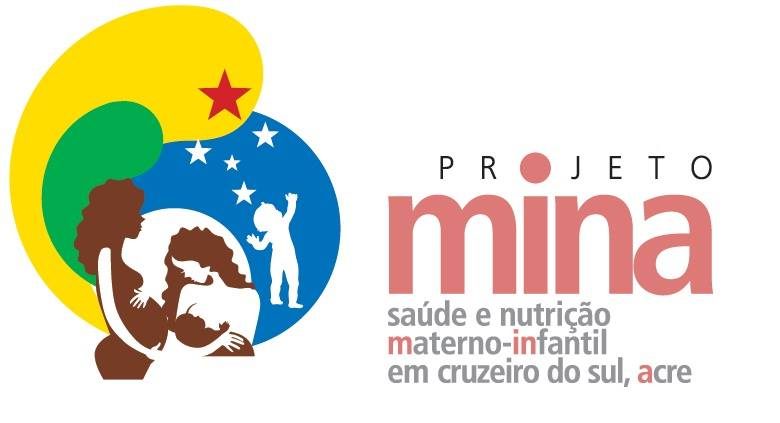To investigate the association between gestational weight gain (GWG) and perinatal outcomes in pregnant Amazonian women. Data from 1305 mother–child pairs from the MINA-Brazil population-based birth cohort study were used. GWG was classified according to two methods, the Institute of Medicine (IOM) guidelines and INTERGROWTH-21st standards. Poisson and linear regression analyses were conducted to evaluate associations with perinatal outcomes. Following IOM guidelines (n = 1305), the rates of insufficient and excessive GWG were found to be similar (32%). Excessive GWG was associated with higher new-born birthweight (BW) z-scores; increased risks of macrosomia, large for gestational age (LGA), and caesarean delivery; and lower risks of low birthweight (LBW) and being small for gestational age (SGA). Insufficient GWG was associated with lower new-born BW z-scores. Among women with normal pre-pregnancy body mass indices (BMIs, n = 658), inappropriate GWG was high following both methods (IOM: 41.2% insufficient, 24.8% excessive; INTERGROWTH-21st: 25.2% below − 1 z-score, 16.9% above 1 z-score). Both methods also indicated that new-borns of women with excessive GWG had higher BW z-scores and increased risk of macrosomia and LGA. Women with GWG below the INTERGROWTH-21st standards were more likely to deliver an infant SGA and with lower BW z-scores. Inappropriate GWG remains a health concern irrespective of the method used to classify weight gain. GWG above the recommendations of both methods and below the INTERGROWTH-21st standard was associated with adverse perinatal outcomes. Therefore, INTERGROWTH-21st standards seem to be a better fit for healthy women in this population. Read the article.
